Showing all 17 results
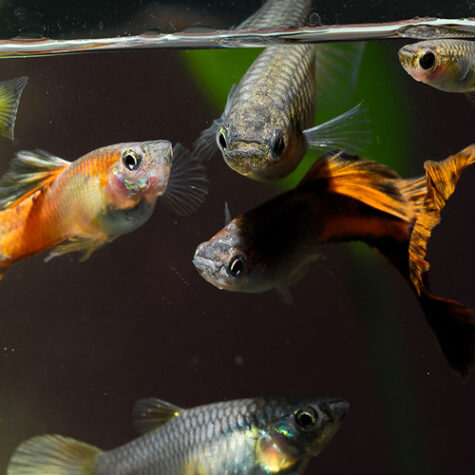
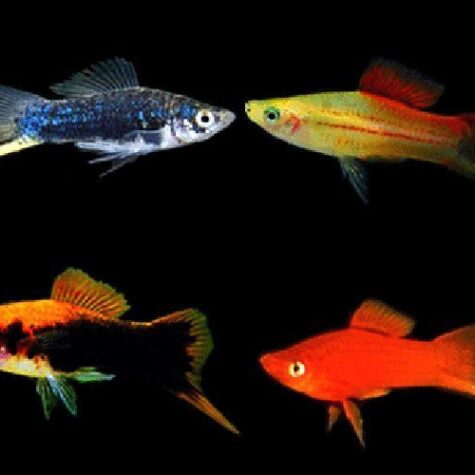

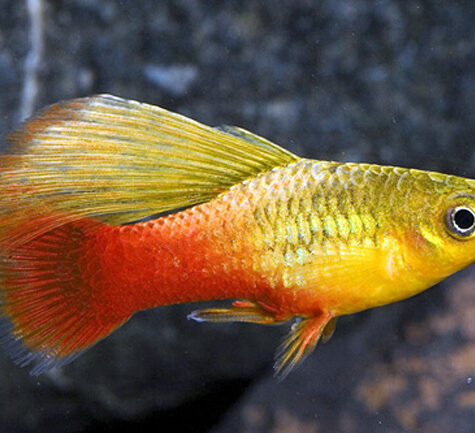
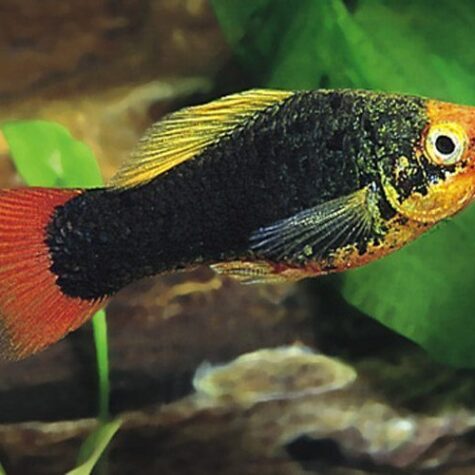
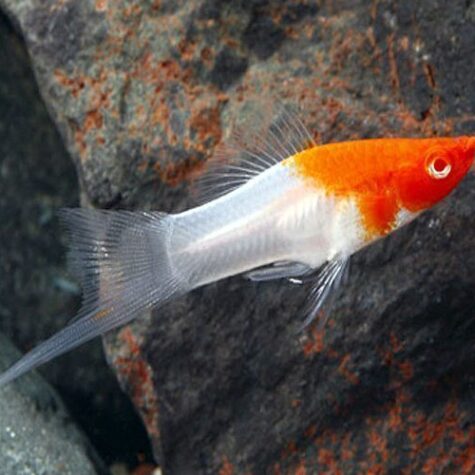

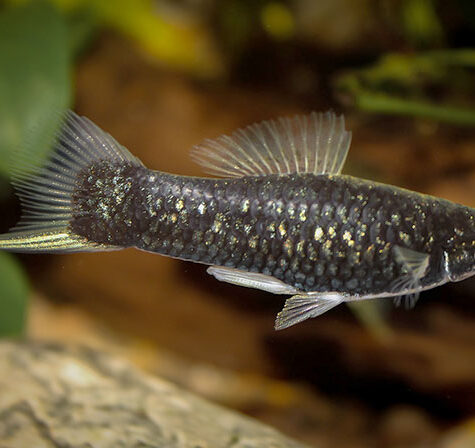

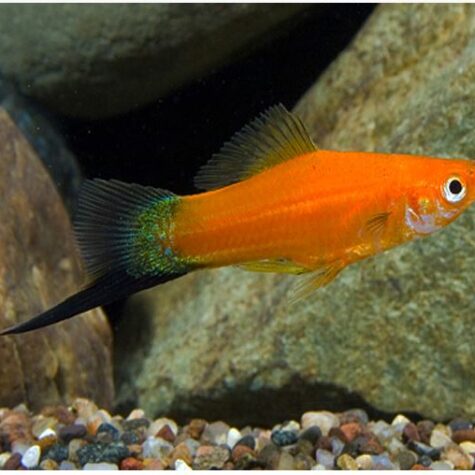

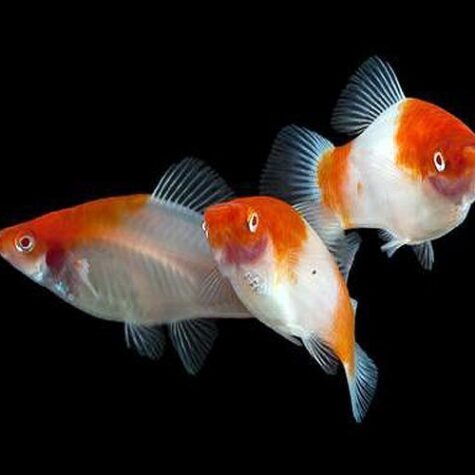

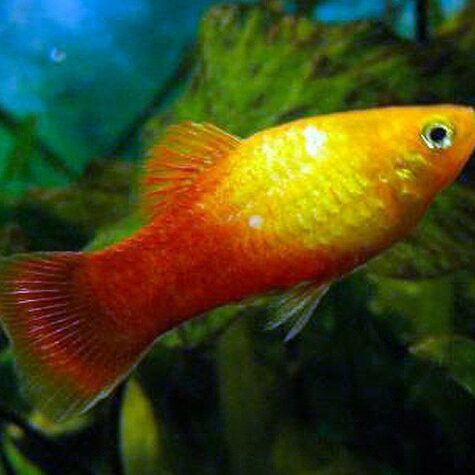
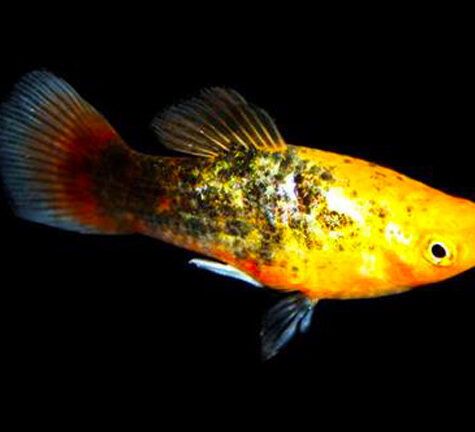
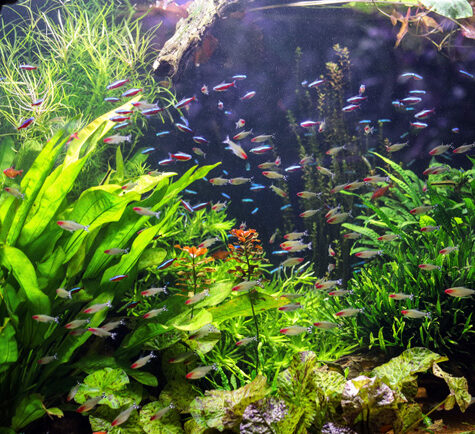
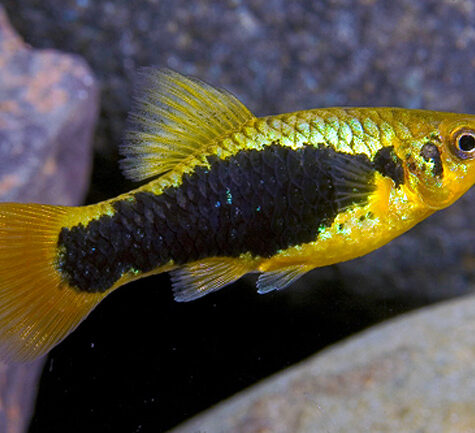
We Ship to Your Door! It’s Real Easy!
As a general rule with our farm, if you place your order online by Monday @ 9am Arizona MST, we will do our best to get your order shipped to you the very same week by Wednesday. This is pending availability & weather of course. Orders placed by Sunday night have a better fill rate to ship the same week by Wednesday. There is a delicate, tedious, timeline process to efficiently & properly package live tropical fish & plants, so we must follow a weekly schedule filled with daily deadlines that allow us to ship 100’s of orders each week reliably & efficiently, providing our happy customers with healthy quality livestock! Please & thank you for the extra consideration and understanding of what is involved to get a box of live fish delivered to your door safely. We are a trusted source for over 3 decades, so please be on the look out for your emailed tracking number when your order ships from our farm! Please read your emailed customer receipt for details and helpful links. You can locate most helpful links at the bottom of any page of this site.
There is always the potential risk of loss from any supplier when shipping perishable items & livestock, but in the unfortunate event your order is delivered with a loss of a fish, shrimp, snail or plant, simply report your casualty to us immediately upon delivery by using our Loss Reporting Process located at the bottom of every page on this site. Qualifying orders will get store credit to use on your next purchase! Read this link for details. Thank you!
Visit our SHIPPING link below Here, you can learn about our Shipping Schedule & collection procedures and practices that our family has perfected & streamlined for 3 decades! This link is also located at the bottom of every page on this site under “Shipping Schedule” and will provide detailed info that will help you understand how the ordering fish & plants process all works. Once you place your order, all customer’s get an immediate emailed receipt that will have helpful links & detailed information to assist with common questions about your order’s fulfilment process. Thank you friends!